
Automotive trade discussions between the U.S. and the European Union have been tense, to say the least, but there is a resolution on the horizon. That's what a recent joint statement suggests, as the group of nation states and the U.S. hash out the level of future tariffs. One sentence in the new framework for trade agreement could send shockwaves through the global automotive industry.
“With respect to automobiles, the United States and the European Union intend to accept and provide mutual recognition to each other’s standards,” the statement reads.
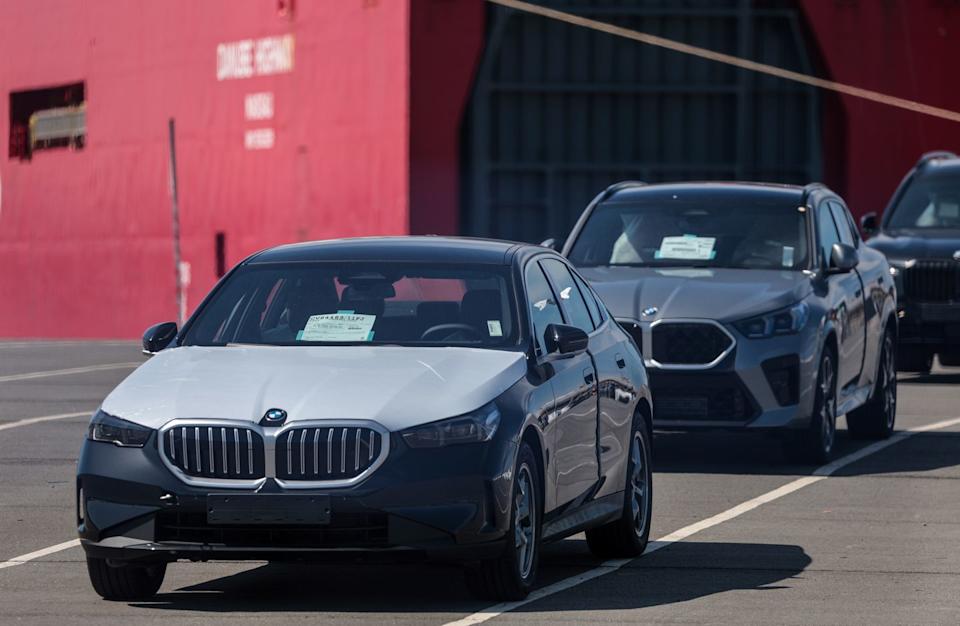
Specifically, the joint statement says that the U.S. and the European Union are planning to streamline trade by accepting each others standards. That use of standards in the sentence does a lot of the heavy lifting, as it doesn't specific what sort of standards would be adopted. However, many industry experts are of the opinion that this language, buried in Article 8 of the trade agreement, will be focused on safety and emissions standards.
Now, such a change would require both parties to drastically alter their current regulatory framework. Both parties are particularly proprietary with emissions and safety regulations, down to the kind of reflectors and indicators required for road legal use. Even so, the European Commission said on August 20 that it plans to create standards with the U.S. "with a view toward making trade across the Atlantic easier," but experts say it wouldn't happen overnight.
"It’s something they’d like to be working toward," Jennifer Smith-Veluz, international trade attorney at Butzel, said to Automotive News. "The nuts and bolts of how that would work out is obviously going to be the subject of more negotiations."
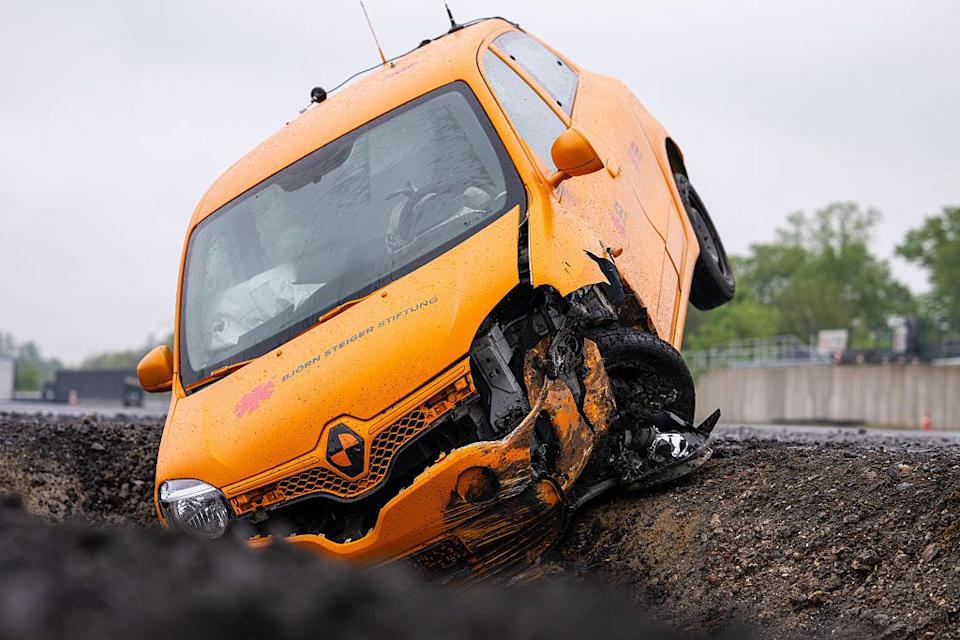
The details of a cross-oceanic collaboration would likely be focused on crash test standards and emissions. The U.S. generally has lowered barriers of entry related to pedestrian safety and such an agreement could permit domestically produced vehicles into Europe without meeting their higher standards, Sam Abuelsamid, vice president of market research at Telemetry, told Automotive News. The inverse of this scenario means that European models wouldn't have to arrive on U.S. shores with tougher bumpers, certain mandated electronic safety features, and country specific lighting. Notably, U.S. safety standards hinge on the preservation of occupants inside the vehicle while the inverse is true for European safety standards.
Even if this trade language remains unclear, automotive groups in European are making noise about the implications of such an agreement. The executive director of the European Transport Safety Council, Antonio Avenoso, went as far as saying that recognizing U.S. vehicle standards will compromise safety in Europe, citing key differences in automated emergency braking systems, pedestrian protection standards, and lane-keep assistance. Avenoso also claimed that the size of U.S.-produced pickup trucks and SUVs aren't compatible with Europe's "vision for safer, more sustainable mobility."
"The European Union has waved the white flag on road safety," Avenoso said. "This is not a technical detail – it is a political choice that puts trade convenience ahead of saving lives."
"Pedestrians, cyclists and drivers are at increased risk as the rapid rise in monster U.S. pickup trucks on Europe’s roads is set to accelerate after the EU-US trade pact," a statement from advocacy group Transportation & Environment reads.
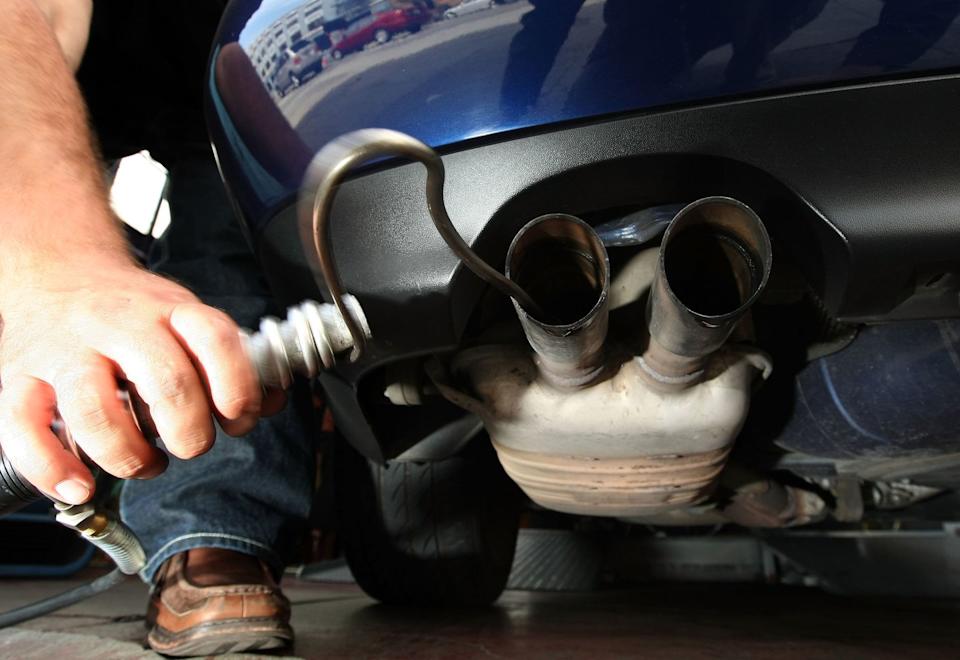
Another difference between European and U.S. standards lies in the level of emissions permitted. While both the E.U. and U.S. have tightened tailpipe emissions levels significantly, European regulations focus on carbon dioxide while U.S. regulations aim to curb nitrogen oxide, which is responsible for the creation of smog. Such a lack of clarity also begs the question of how Canadian market vehicles would be involved, as Canadian officials have toyed with adopting Japanese and Korean vehicle standards to ease import requirements.
It's important to remember that such a line item is merely a bargaining chip in current tariff negotiations, as the current rate sits at 27.5 percent extra for all European models imported to the U.S. President Donald Trump previously promised to drop this auto-focused tariff to 15 percent once broader aspects of the trade deal with the European Union is official. While matching regulations would certain make trade easier, it remains to be seen if automakers and regulators would actual accept such a proposal, especially considering the growing delta between U.S. and E.U. emissions regulations under the Trump Administration.
You Might Also Like
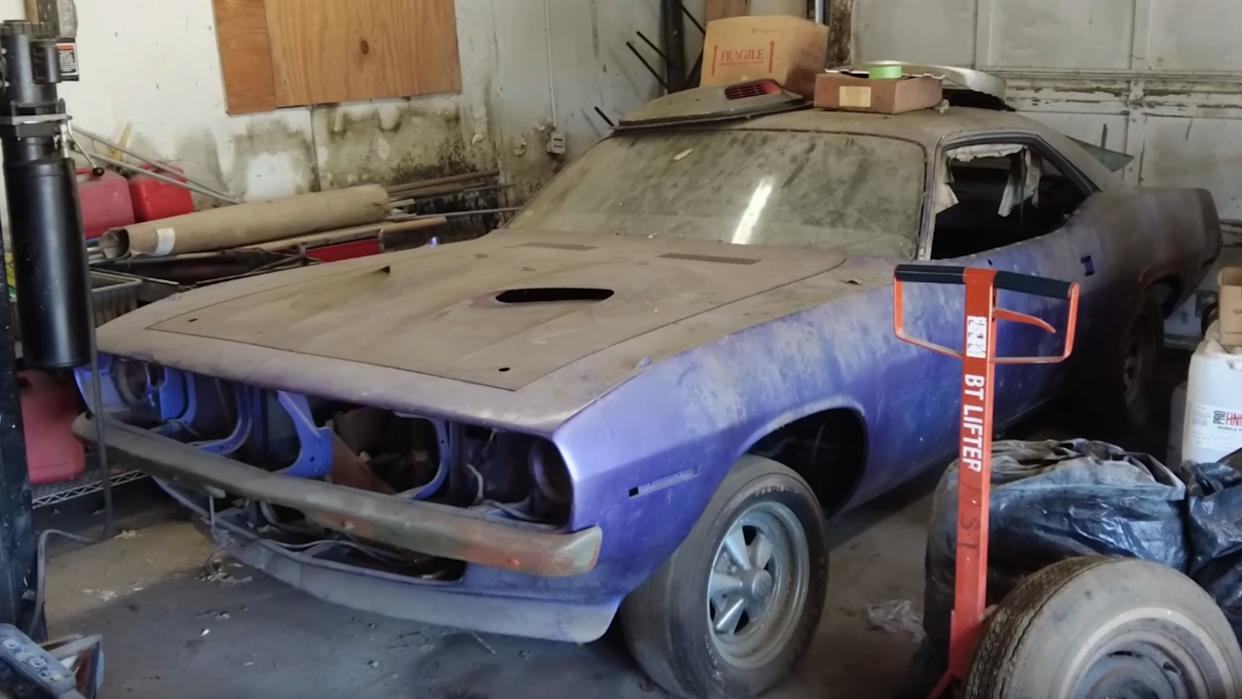

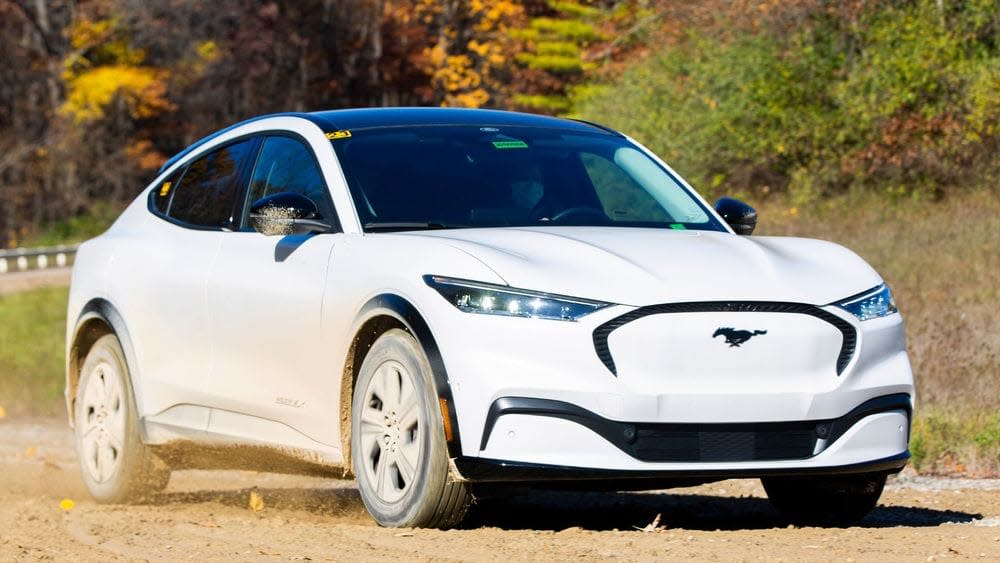


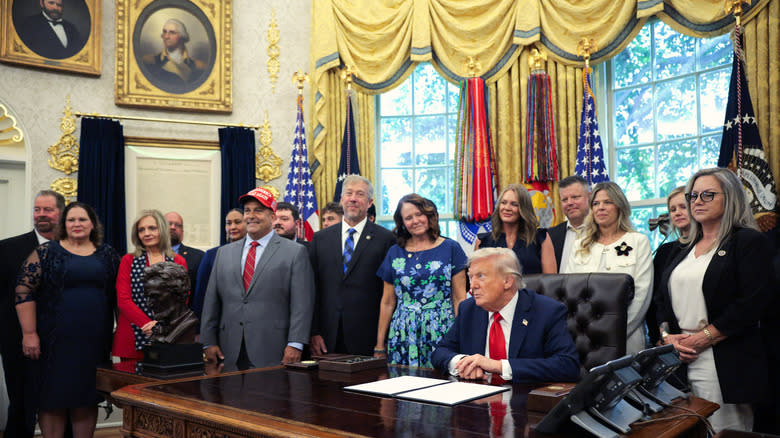
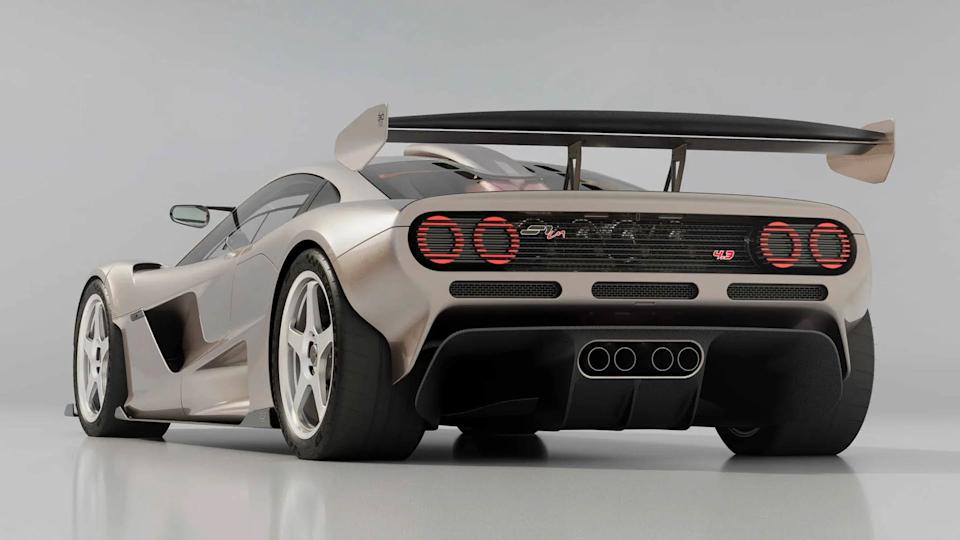

Comments